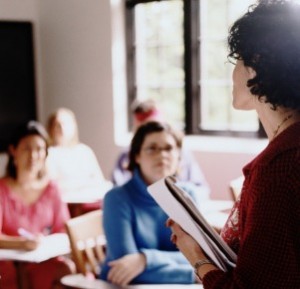
We’ve all been there—the spring semester is looming. Although you have the gist of the syllabus planned, the details still need to be worked out. Assignments need to be finalized and engaging classroom activities need to be developed.
Here are a few ideas that you can adapt for your course.
Classroom Activities for education students
- Watch clips from the Video Library to discuss and evaluate effective teacher-child interactions, as well as brainstorm ways to extend lessons for children.
- Have students brainstorm engaging activities for children, incorporating strategies from the Dimensions Guide (such as creating open-ended questions to ask children during the activity).
- Split students into small groups, pose a problem-solving question and encourage them to use the Video Library and Dimensions Guide to create a solution leveraging what they know about effective educator-child interactions.
Assignments
- Have students observe in classrooms and write a reflection on their observations and how they remained objective.
- Have students record their own interactions in the classroom and engage in group reflection on strengths and challenges.
- Have students create lesson plans that include effective interactions, using the Video Library and Dimensions Guide for ideas.
- Engage students in self-assessment of their learning and classroom interactions, using the Dimensions Guide as an outline.
Editor's Note: This blog was originally written in December 2013, but has since been revised to maintain accurate and engaging content.
